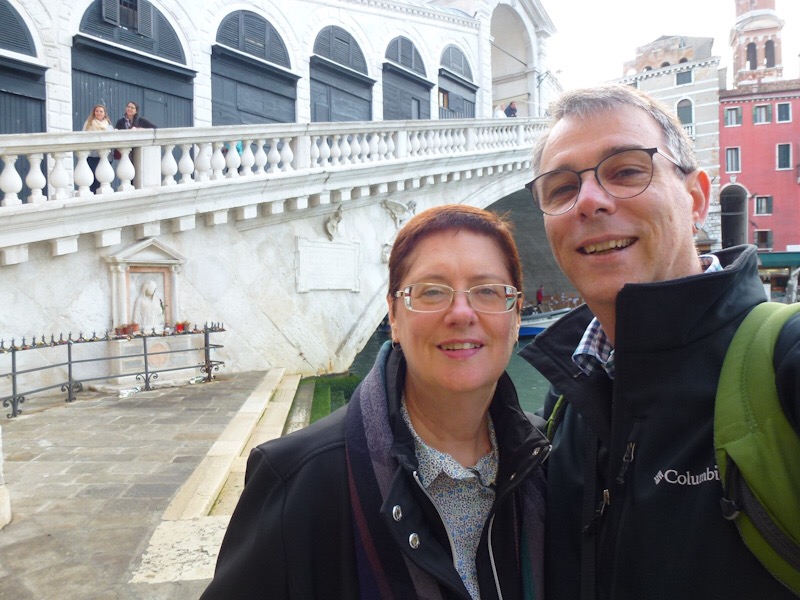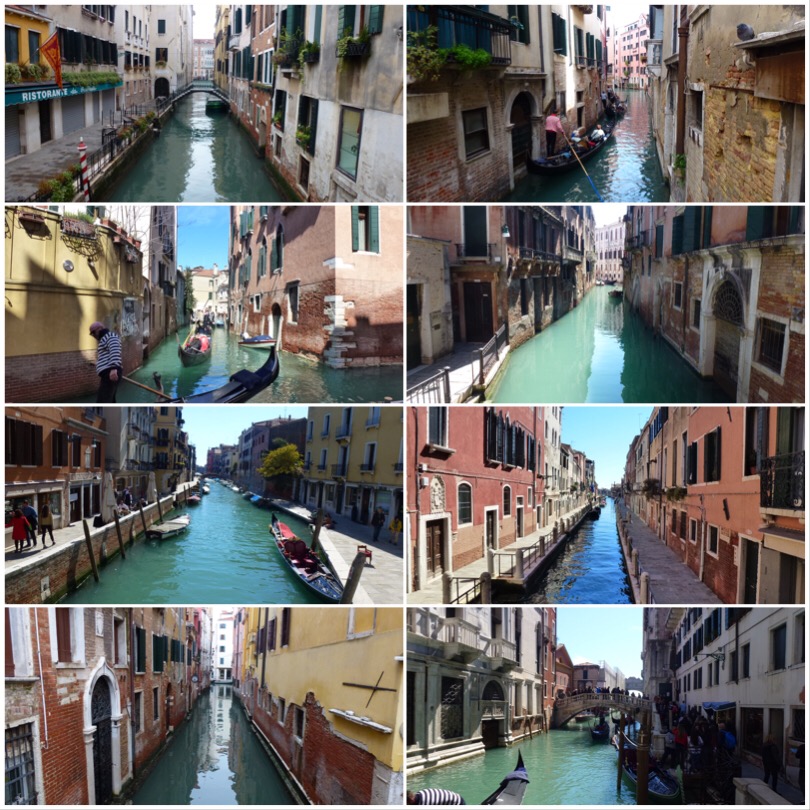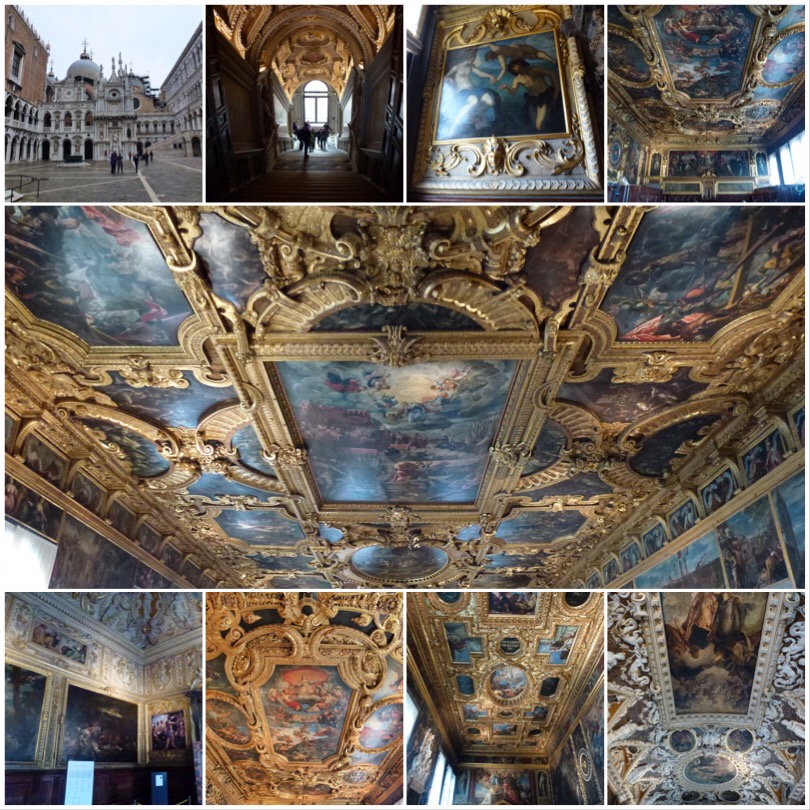I think the best word to explain Venice is ‘Tidal’. Let me explain in a number of contexts.
Obviously Venice is located in an estuarine lagoon, nominally called a group of islands, in truth this city is a cluster of reinforced platforms that are built upon piles driven deep into the underlying mud. Already close to sea level, it relies on its waterways for the movement of nearly everything as the city grows nothing, farms nothing and produces little except an insatiable appetite for food, wine and stylish goods. The milkman and the garbage men have barges that weave among the canals daily, food and goods are transported this way as it is totally impractical to distribute this stuff any other way. As part of an estuary, fishing is big business, as such they are at pains to protect their waterways and have strict environmental enforced guidelines in place to ensure the quality of the water both in the canals and the lagoon more generally. 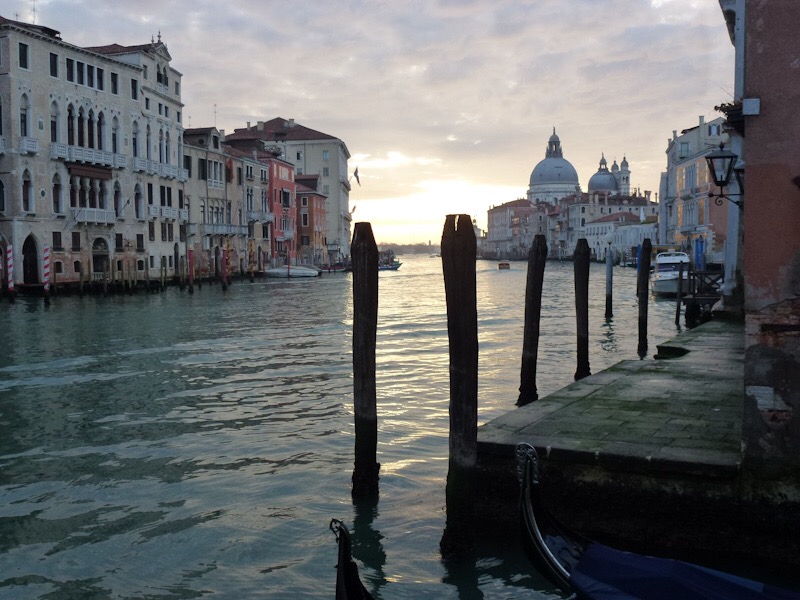
Venice, however, is in trouble. We see evidence of it all around us. During high tides (we have now seen a few of them this visit) lower areas are inundated by salt water that oozes from the cobbles. They use raised platforms in the worst effected areas to elevate pedestrians and stainless steel barriers at doors of buildings to stop the salty influx. Architecturally, Venice is unique. All buildings have an impervious “damp course” layer of marble which you can see clearly. In the past this layer has been well below ‘oyster level’ but things have changed. Above this is brick and stone which are porous and all being well this has worked well for centuries. But … rising sea levels and gentle sinking of the buildings mean that the damp course is often below water level, allowing salt water to rise in the porous layers above and this is disastrous. Brick buckles, flakes and disintegrates, other stonework expands, walls slump and shit happens.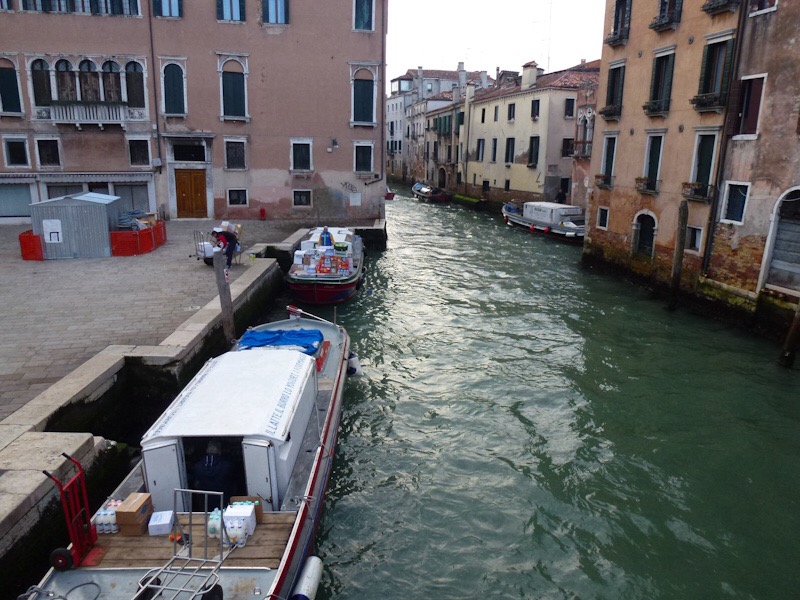
Read more »
